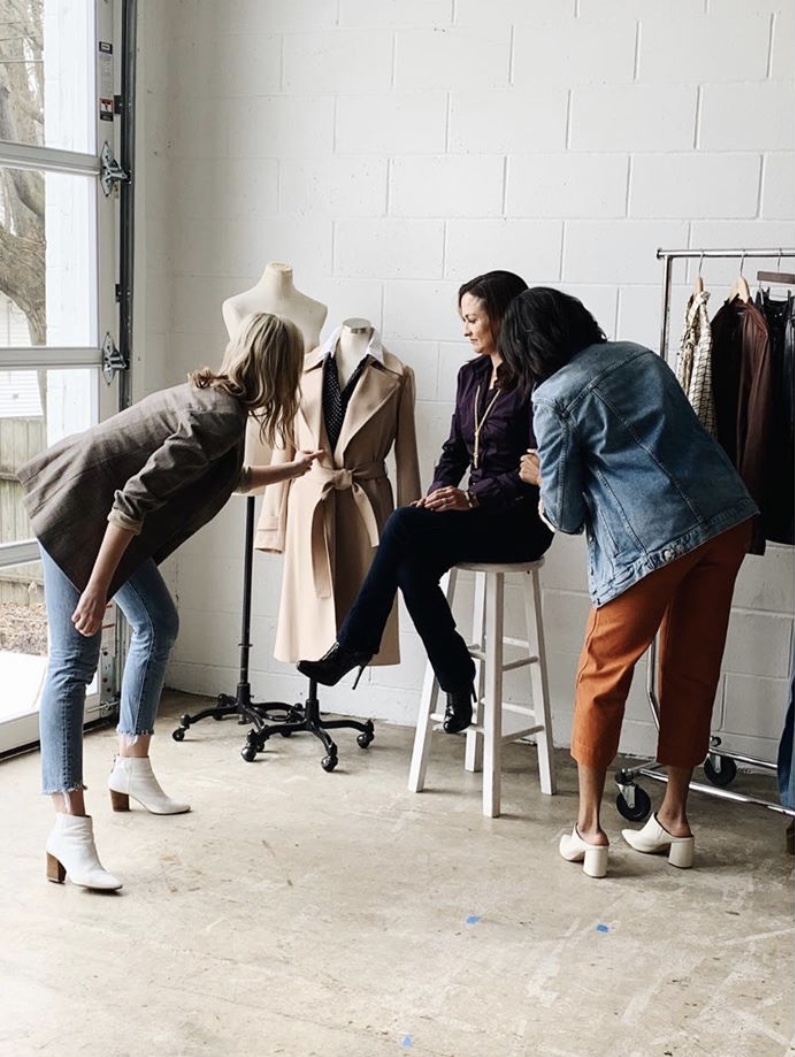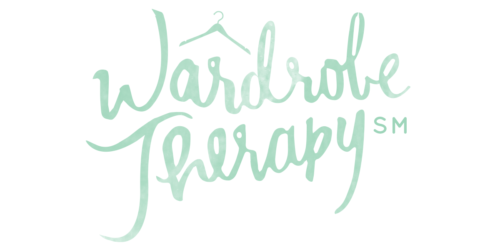Much like all of you, our team has been laying low this week, taking necessary precautions as advised by our National and Community leaders. As we are faced with these times of uncertainty and unrest, we find comfort in tasks that help us feel productive and leave us with a sense of normalcy. As we enter the new Spring season upon us, we feel there’s no better time than now to perform a little Spring cleaning in our closets, and yours too! We’ve compiled our wardrobe cleansing pro tips to help this process go as smoothly as possible, and we hope it gives you momentum going into brighter days ahead.
1. KEEP CLOTHES LIKE NEW: Seasons change, and so should your closet! How to keep your clothes last from this year to the next? Empty the pockets of all clothes you’re storing away until next season. Launder or dry-clean everything… even if you’ve only worn it once! You’ll avoid stains that set, including invisible ones (i.e. perspiration, perfume, beverages). Stains become food for carpet beetles and moths… they’ll eat through fabric to get to food. That’s why you should avoid starching clothes. Starch feeds bugs. It weakens fabric, leading to brittleness and, in humid environments, permanent stains.
2. STORAGE & DRY CLEANING: Storage must be cool, dark and dry! Fabric is delicate and changes with temperature and humidity. Garages, attics, and unfinished basements are off-limits. If you have an underutilized closet or chest of drawers somewhere, or a spare room to keep a rolling rack, great! Otherwise, buy storage containers that fit under beds or in the top of closets. Always remove dry-cleaner bags as soon as you get home! Plastic doesn’t allow clothes to breathe. Residual moisture in the fiber can help mold or mildew grow. Crazy fact, we know! Plus, any gases from the decomposing plastics can be absorbed by the fabric and make cloth yellow.
3. GROUP CLOTHES BY FABRIC: Silk, wool, fur, suede and leather (protein fibers) require the MOST attention. Why? They are food for bugs. Keep them apart from cotton, linen, rayon and ramie (plant fibers), which don’t require nearly as much vigilance. Invest in moth repellent, ideally made of cedar. Cedar repels moths and discourages them from laying eggs. Do NOT use mothballs! They’re toxic and have a bad odor nearly impossible to get rid of! Cedar, which comes in hangers, boxes, blocks and drawer liners, should be sanded with fine-grade sandpaper after each season (otherwise the surface oxidizes, eliminating the moth-repelling scent). Control humidity and mildew using the heat of a low-power bulb, about 15 watts, to dry the air, or buy anti-mildew products.
4. PLASTIC CONTAINERS ARE GOOD FOR UP TO 6 MONTHS: Heavy garments, as well as cashmere sweaters and beaded or sequined gowns, should be folded, with muslin or acid-neutral tissue paper to prevent creases. Canvas or muslin boxes are ideal, though pricey, because they allow air to circulate. Clear plastic containers also are an option for short-term storage — up to six months. The longer things are going to be stored, the more finicky you want to be.
5. LASTLY, AVOID WIRE HANGERS: Fabric needs to breathe! Cloth garment bags are preferable to plastic for long-term storage. They’re essential for leathers and furs, which may crack or break off if kept in plastic. Not good! If you don’t have cloth bags, hang sheets over garments. Little tricks we like! Just avoid wire hangers. They do hideous things to shoulders. Use wide, shaped plastic or wood ones instead.
WE’RE HERE TO HELP!
Our team is ready and able to offer our services REMOTELY and we are just one click away, ready to shop and outfit online! Reach out to your stylist for more information. If you prefer to Buy Now, Style Later, please consider purchasing a gift card online from our small business Wardrobe Therapy Gift Card!!
We want to thank all of you who have shown your love during this time and we look forward to sharing a brighter Spring together!

Keep Making Everyday A Runway!
To learn more about our Personal Shopping, Wardrobe Consulting, and Outfitting Services, visit us here: https://www.wardrobetherapyllc.com/

This is great Elizabeth! Can I post it to our FB page? Thanks and hope you are all doing well!
Take care, Mary
Yes!! Please do! Thanks Mary! Hope you are well!
Awesome post Elizabeth appreciate the insight!
~Nicki
inspirational jewelry
Thanks for this, really a big help. Continue to share your unique ideas.